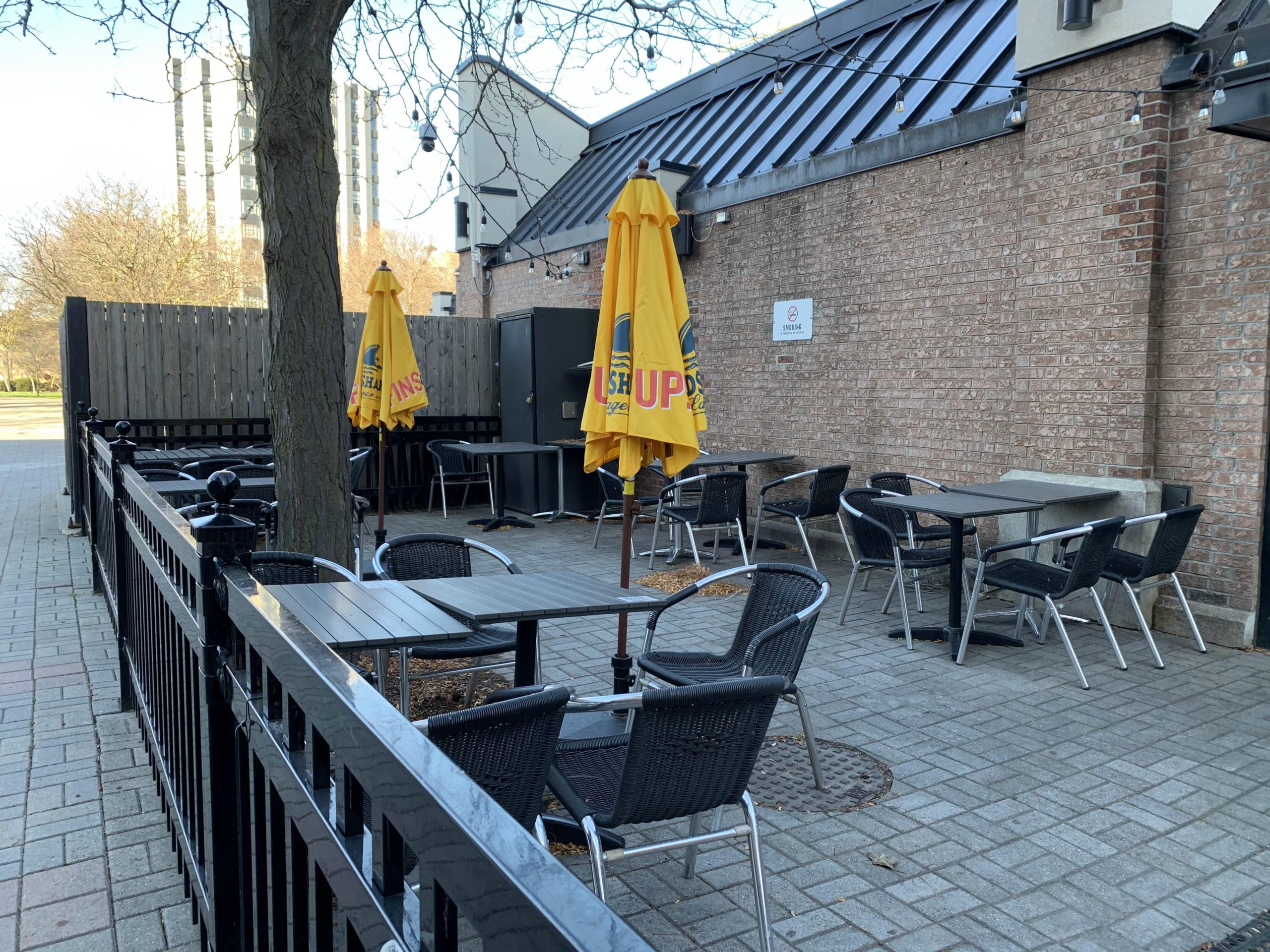As of today, residents living in Toronto and Peel Region will be facing another lockdown, reminiscent of the earlier province-wide lockdown. On Friday, the province announced Toronto and Peel Region would go into the gray lockdown phase for at least 28 days effective Monday, November 23 at 12:01 a.m. A fine of $750 is to be expected for those who break public health rules.
Most non-essential businesses were ordered to close. Restaurants will now be open for takeout and delivery only. Gyms and personal care services, including hair salons, must now close. Non-essential brick and mortar stores will be open for curbside pickup or delivery only. All social gatherings are now prohibited with the exception of the members of one’s household.
Premier Doug Ford warned that given the current COVID-19 situation in Ontario, a lockdown is critical in order to prevent the pandemic from worsening. “The situation is extremely serious and further action is required to avoid the worst case scenario,” said Ford.
Ontario’s Minister of Health Christine Elliot explained that despite the demotion of Toronto and other regions into the red “control” zone, the pandemic has continued to spread.
“Despite the range of public health measures and restrictions that have been in place since early October, we’ve seen the situation continue to worsen in regions across the province, particularly in hotspots like Peel and Toronto. It’s clear more needs to be done to limit community transmission of COVID-19,” stated Elliot.
“We haven’t put in travel restrictions. We’re going to be trusting and confident that people will do the right thing.”
Ontario’s Chief Medical Officer of Health Dr. David Williams explained why travel bans had not been put in place, in response to concerns of lockdown residents travelling to neighbouring regions to conduct their business.
“Around the lockdowns, there are some regions that have moved into red all around the Greater Toronto Area (GTA) so they are in the same type of limitations,” Williams explained. “We haven’t put in travel restrictions. We’re going to be trusting and confident that people will do the right thing.”
Ontario reported a record-breaking 32 new deaths linked to COVID-19 on Wednesday. This figure is the highest since the start of the second wave of the pandemic. These numbers follow a spike of 1,581 cases reported on November 14.
“This reinforces the pressing need for us to limit our exposure to people we don’t live with – because before COVID-19 starts spreading in any setting, someone, somehow, brought it in, possibly without even knowing it. This is the risk of socializing, especially with guards down and masks off,” stated Toronto’s Medical Officer of Health Dr. Eileen de Villa.
De Villa urged Toronto residents to limit unnecessary exposure in light of a concerning increase in incidences of COVID-19 in the city, reminding Torontonians that one person’s “mild illness could be someone else’s fatal illness.”
One person’s “mild illness could be someone else’s fatal illness.”
On home turf, current day-to-day operations are not expected to change much. President Rhonda L. Lenton revealed in a statement on Wednesday that there would be no changes to the university’s academic and research operations as they have been determined to be in compliance with the red zone framework.
“Effective immediately, York Lanes will restrict the consumption of food and beverages when walking in the mall. Signs are being posted around York Lanes to notify all patrons about this public health requirement,” said Lenton.
However, Lenton warned that the university would not hesitate to tighten restrictions on university operations “if necessary.”
Rob, a second-year building environmental systems student at Seneca College, believes the lockdown was much needed. He also commented on how many of his peers seemed to flout the previous guidelines while out in public: “I saw many people less than two metres away except for the fact that they used masks.”
On November 22, Ontario reported 1,534 cases and 14 deaths. On November 23, the province reported 1,589 new cases and 19 more deaths.


